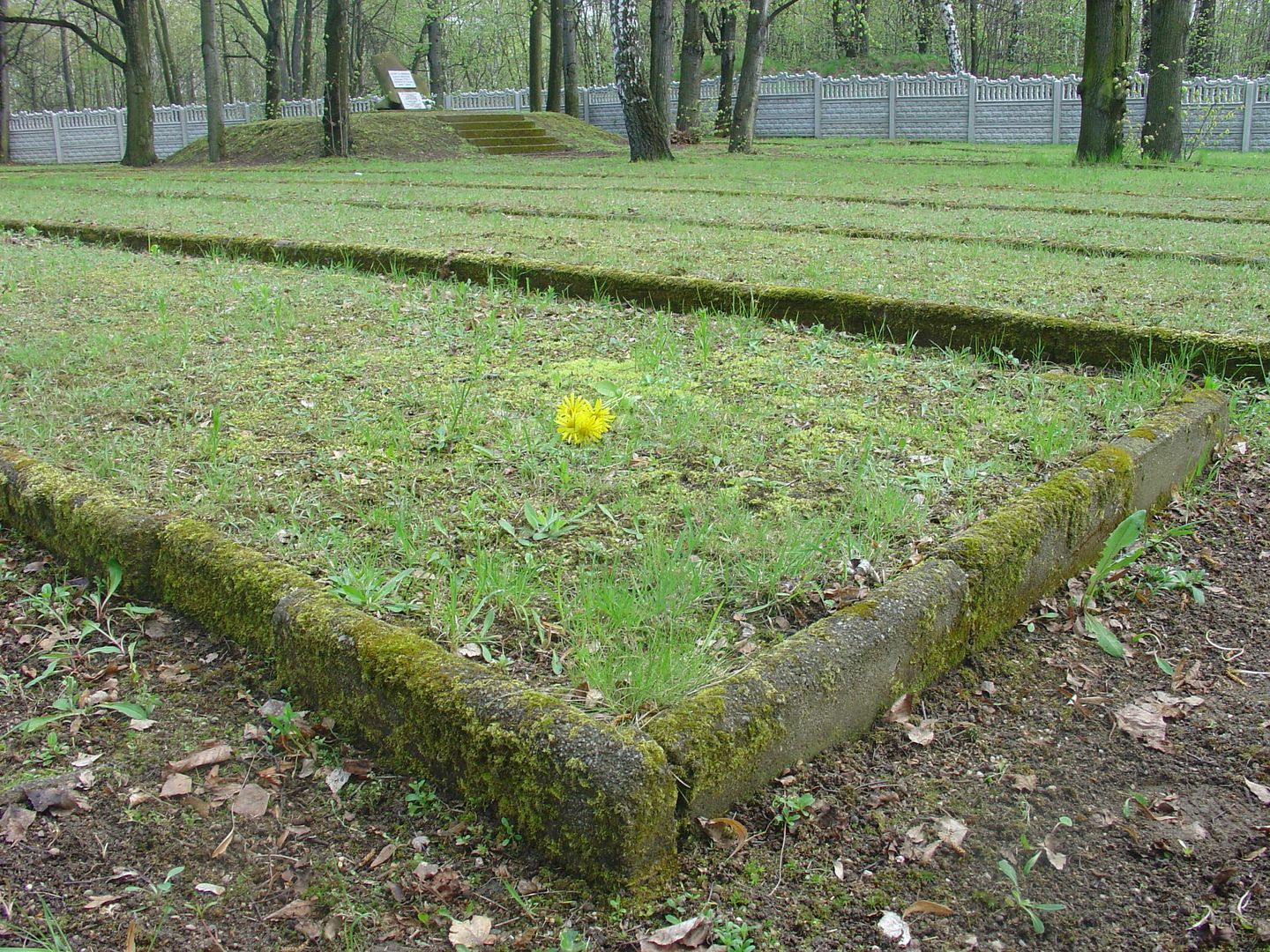Stalag VIII A
8.2

Overview
Stalag VIII A was a German prisoner-of-war camp during World War II, located in Görlitz (Zgorzelec). Initially, its construction was planned in Reichenbach, but due to better access to building materials, it was moved to Görlitz in 1939. The camp expanded rapidly due to the influx of prisoners, and it is estimated that over 100,000 people passed through its grounds. The dominant nationality was Polish, followed by Belgians, French, Yugoslavs, Russians, British, and Italians. The living conditions of the prisoners were tragic: climatic barriers, overcrowding, lack of medical care, and insufficient food rations contributed to a high mortality rate, particularly among Soviet prisoners. The camp did not adhere to the norms of the Geneva Convention, which further worsened the situation. There are documents indicating approximately 10,000–12,000 Soviet and about 500 Italian victims. Various forms of resistance operated within the camp, including underground organizations and sabotage in industrial facilities. Olivier Messiaen, a composer held there, created the remarkable work "Quartet for the End of Time," showcasing the cultural dimension of the camp's reality. After the war, in 1976, a monument commemorating the prisoners was erected on the camp grounds, and the Soviet prisoners' cemetery was restored. Contemporary cultural activities at the Meetingpoint Music Messiaen Educational and Cultural Center, opened in 2015, focus on the history of the camp, promoting the artistic activities of the prisoners, and organizing concerts and workshops. Despite the tragic events, the history of Stalag VIII A still serves as a reminder of the courage and resistance spirit of the prisoners.
Location
2025 Wizytor | All Rights Reserved